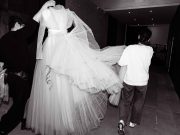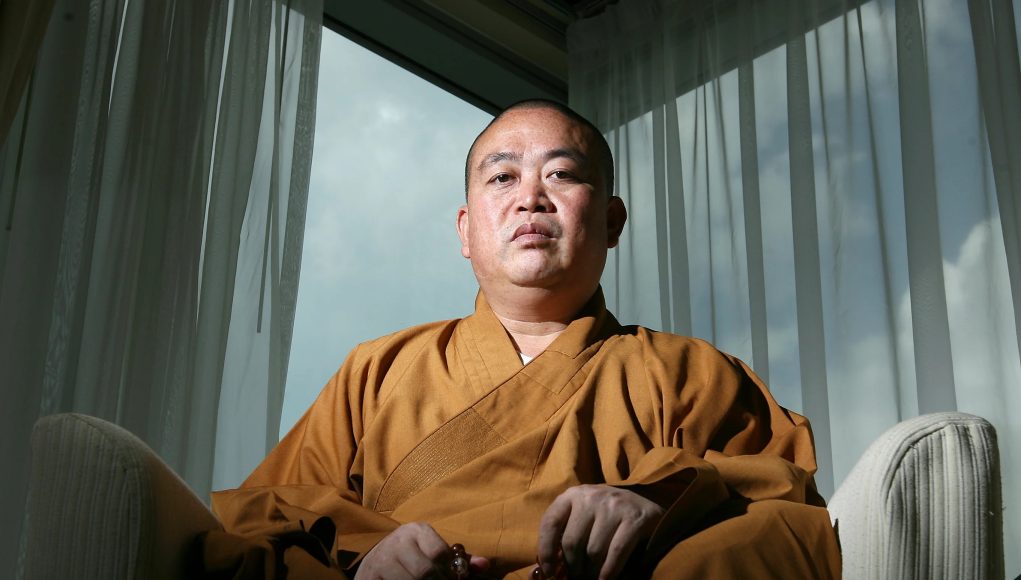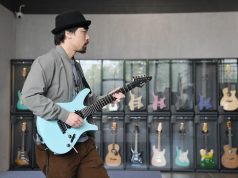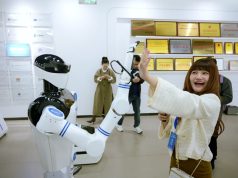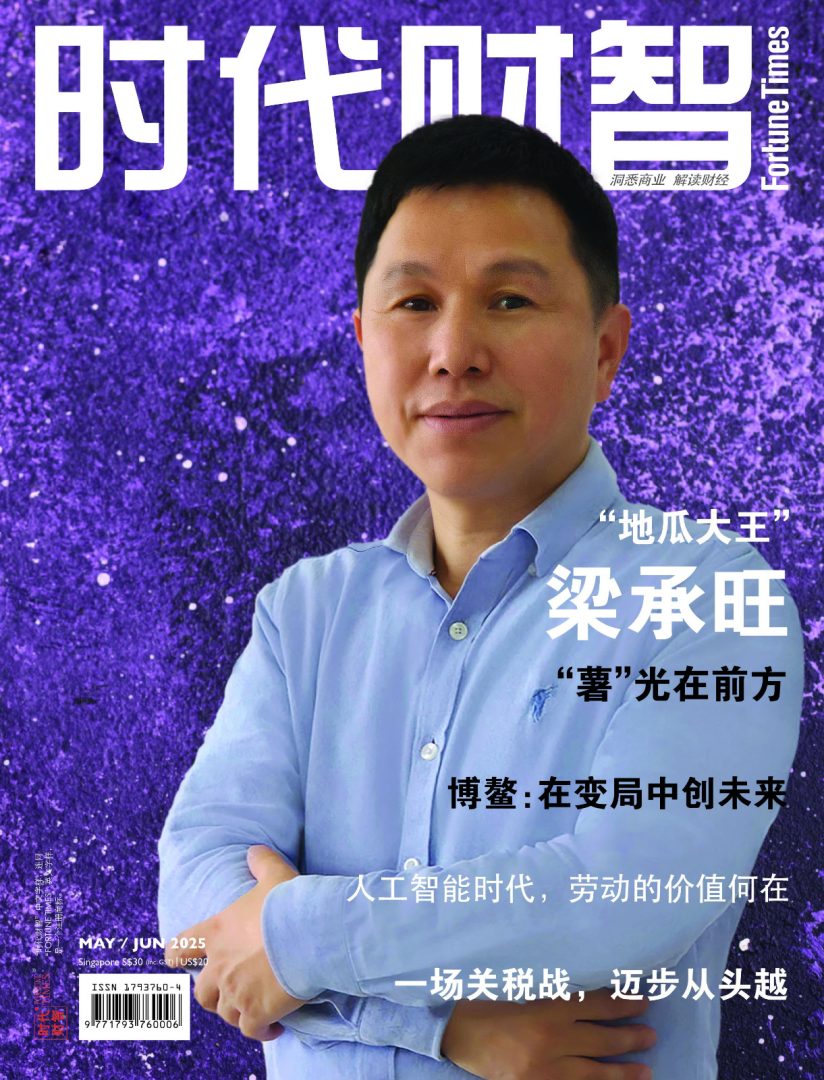(Singapore, 29.07.2025) Many of China’s famous temples as well as Buddhist monasteries sitting on top of “sacred” mountains make hundreds of millions of yuan per year through entry ticket sales, cable car fees, joss stick charges, vegetarian meals, and other avenues, but the iconic, world-famous Shaolin Temple (少林寺)tops them all by a far cry, pulling in billions with a business empire that profits from trendy methods including charging trademark rights, world-roaming martial arts performances, overseas Buddhism schools, movie making, and e-commerce, reported a Chinese media.
On Sunday, a public notice issued by the Management Office of the Shaolin Temple located in central China’s Henan province shocked the nation: Abbot Shi Yongxin (释永信), 59, was taken in to be investigated for “embezzling and misappropriating temple assets and seriously violating Buddhist precepts.” With that, the “CEO Monk”, often dressed in a 160,000-yuan (about S$29,000) kasaya, saw his 30-year effort in building a “Shaolin business empire” come under national spotlight.
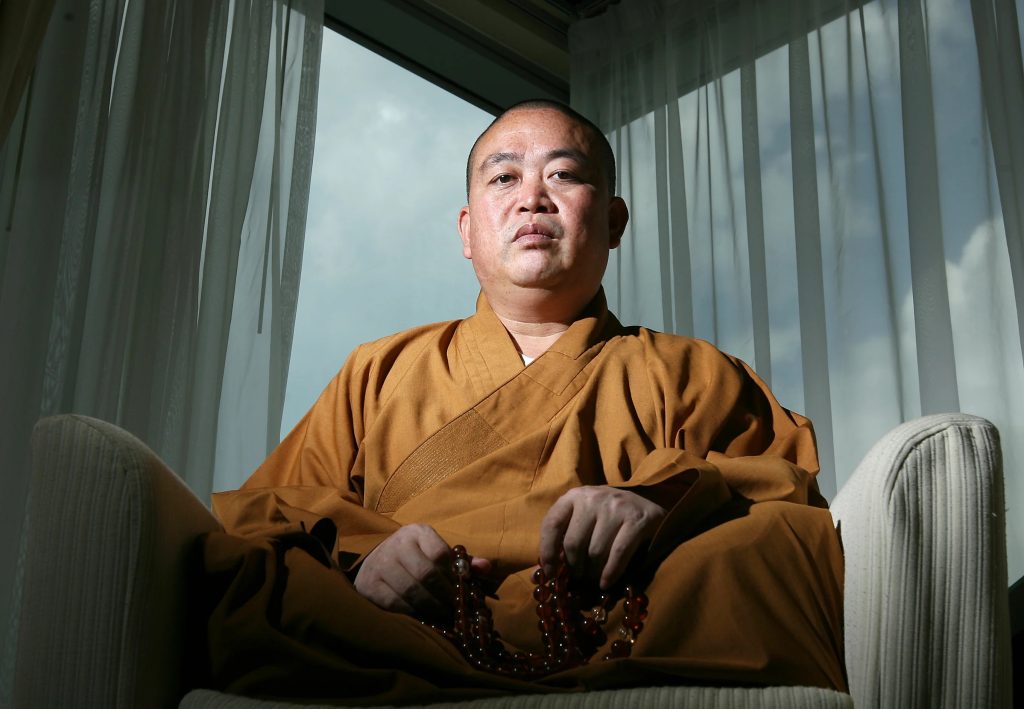
Since being appointed Shaolin’s abbot in 1987, Shi Yongxin began to push for the renowned temple to become a commercial entity. His insistence that “monks need to eat too” led the temple away from being a purely spiritual and closed-off religious institution and toward operating more like a business.
In 1996, when most Chinese businesses barely understood what a domain name was, Shi registered an official website for Shaolin and digitized the exercise manual Yi Jin Jing (易筋经) to drive traffic, attracting over 50,000 overseas visitors in just six months. Yi Jin Jing is believed to be Shaolin’s first martial practice. He went on to establish the Henan Shaolin Temple Industrial Development Co., Ltd., registering over 200 trademarks across 45 categories of merchandise and services in one go, turning “Shaolin” into a lucrative brand.
Today, Shaolin Temple is not only a top cultural tourism destination, but has also extended its industrial reach into films, creative products, and e-commerce. According to media reports, the temple’s cultural IP is valued to worth billions of yuan. From game licenses to co-branded mooncakes, Shaolin’s commercial vibes are felt everywhere.
In 30 years, Shi Yongxin uplifted a dilapidated monastery with only 14 monks and 28 mu (about 19,000 sq m) of arid land to become a vast commercial empire generating over 1.2 billion yuan (S4215 million) in annual revenue. Shaolin Temple became a model for attempts to commercialize temples in China.
Shaolin’s commercial rise in fact marks a revival of China’s “temple economy”, which flourished in some periods in Chinese history, 36 Kr, a platform that focuses on technology and entrepreneurship topics, pointed out.
In this temple boom of modern China, companies were formed to tap the religious resources of its four sacred Buddhist mountains — Mount Wutai (五台山) in Shanxi province which is associated with the Manjushri Bodhisattva (文殊菩萨); Mount Putuo (普陀山) in Zhejiang province associated with Guanyin (观音菩萨); Mount Emei (峨眉山) in Sichuan province associated with Samantabhadra (普贤菩萨), and Mount Jiuhua (九华山) in Anhui province associated with Kṣitigarbha (地藏菩萨), 36 Kr noted.
Take Mount Emei, the first Buddhist sacred mountain to go public under the name of Emei Shan Tourism Co. Dotted with historic sites and temples, Emei is a prime destination for tourism and leisure activities. The company was listed on the Shenzhen Stock Exchange in 1997. According to its financial report last year, the company took in revenue of over 1 billion yuan and net profit of 234 million yuan. Its businesses span cable cars, hotels, travel agencies, tea, and performing arts.
Tickets are a significant revenue source for the sacred mountains. During peak seasons, admission costs 160 yuan per person at Emei. Last year, Emei received more than 4.6 million tourists, generating 277 million yuan from ticket sales. However, the bulk of earnings came from cable cars plying up and down the mountain, amounting to 410 million yuan last year, or 40.5% of total revenue. Hotel services brought in 180 million yuan, and tea sales another 75 million yuan.
Last year, Mount Jiuhua took in 764 million yuan, with 293 million from cable cars and 159 million from other passenger transports. Mount Putuo’s IPO prospectus when it sought listing in 2018 showed that 82% of its income came from tourist transport services.
According to the Chinese Buddhist Association, Mount Putuo receives up to 9 million tourists annually. In peak seasons, its hill-top temple is packed wall-to-wall, and its ticket revenue alone exceeds 800 million yuan. Mount Wutai received 6.05 million tourists in 2023 and generated 696 million yuan in ticket sales.
As many temples are located in highly-graded tourist zones, the tickets are not cheap — 220 yuan for Mount Putuo and 210 for Lingshan Grand Buddha in Jiangsu Province. Inside the temples, there are often additional charges for incense or smaller shrines.
With today’s fast-paced urban life, young people like to seek spiritual refuge in temples. During the Lunar New Year period this year, from the first day on temples like Beijing’s Yonghe Temple were jam-packed. Although Yonghe’s entry fee is just 25 yuan, with about 40,000 visitors per day, that brought in massive revenue.
Netizens estimate Yonghe Temple earns 50 million yuan annually from tickets, ranking tenth among Chinese temples. Shaolin, with 320 million yuan, ranks third. Lingshan Grand Buddha tops the list with 762 million yuan in ticket sales.
As worship and praying remain integral to temple visits, incense offerings have become a primary revenue source. Mount Putuo’s jixiang or auspicious incense reported sales rise from 2015 to 2017, bringing in around 8% of the temple’s revenue with a staggering 60% profit margin in 2017. Jixiang incense has kept abreast with the times, now selling on Taobao and JD.com.
Donation boxes have also gone digital, with visitors now able to scan QR codes to offer money to “accumulate merits.” Temple meals have gone viral, too. On platforms like Xiaohongshu (小红书), a page on “temple vegetarian meals” attracted over 30,000 posts and one on “temple coffee” over 110,000. On Douyin (TikTok China), “temple meals” garnered over 20 million views. Xiaohongshu is a Chinese social media cum e-commerce platform.
From Yonghe Temple in Beijing to Lingyin Temple in Hangzhou, from Longhua Temple in Shanghai to Guangxiao Temple in Guangzhou, weekend queues for vegetarian food are often longer than waits at lifts in office buildings on workdays.
Some temples have added trendy food options such as coffee, milk tea, hotpot, burgers. Lingyin Temple’s “Monk’s Coffee” went viral online for its novelty. Jade Buddha Temple in Shanghai launched a vegetarian burger set for 50 yuan.
On Taobao, Mount Putuo sells bracelets and prayer beads. Mount Wutai sells “Five Wealth Gods” pendants. Merchandising is booming. Yonghe Temple’s incense-ash crystal bracelets and Lingyin’s “Eighteen Seeds” accessories are hot-selling souvenirs.
But it is Shaolin Temple that leads in IP development. Since 1998, it has registered over 700 trademarks worldwide, encompassing products as varied as kung fu shoes, incense, sausages, and even toilet seat covers.
The Shaolin Kung Fu performance troupe now stages over 200 shows globally per year, with fees having risen from US$100,000 (about S$129,000) to $500,000 per show. With Shaolin Pharmacy as the brand, which blends traditional Chinese medicinal knowledge and modern packaging. herbal plasters and lingzhi tea are sold ranging from dozens to thousands of yuan, making 80 million yuan in 2019 alone.
In Chinese history, monks also offered loans to the lay people. Today, some invest. Jade Buddha Temple in Shanghai has been called “the temple that understands investment best,” having joined the angel round in financing Ele.me, a now thriving online-to-offline food delivery platform, with a 100,000-yuan investment. As of 2020, it had supported 219 startups, with an 80% success rate.
Mount Wutai, though not listed, holds stakes in 15 companies, spanning investment, culture, tourism, water services, performance arts, tech, and transportation. Famen Temple in Shaanxi has invested in real estate, cultural tourism, and entertainment firms.
Temples in China today are no longer isolated sanctuaries, 36 Kr concluded. They are sprawling business complexes dealing in tourism, real estate, consumer goods, and venture capital. Amid smoke of incense and Buddhist chants, Chinese temples have earned ample offerings. Now, they are chasing enormous fortunes.
























